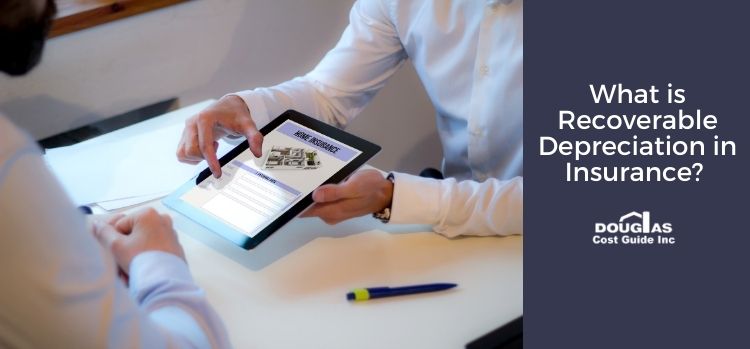Depreciation refers to the loss of an item’s value over time and applies to most household possessions. For example, if you purchase a brand-new sofa, it won’t be worth as much in five years as it would be today. Recoverable depreciation refers to the difference between the sofa’s actual cash value (i.e., what you could sell it for, even after years of use) and its replacement cost (what it would cost to purchase a new sofa).
Your home insurance policy may allow you to claim this difference in value via a recoverable depreciation clause, enabling your coverage to include the cost of a new, comparable item, rather than the actual, depreciated value of the item you have lost.
What is Non-Recoverable Insurance?
Non-recoverable depreciation still refers to the difference between an item’s actual value and its replacement cost, but non-recoverable means that your insurance policy does not cover this difference in value.
As a result, your insurance will not cover the cost of purchasing a new item to replace your loss. Instead, it will pay out the actual cash value of your item. In our previous example, that means that if your five-year-old sofa is destroyed by water damage, the insurance company will give you whatever the value of that used sofa is, even though the cost of purchasing a new sofa will likely be higher.
With non-recoverable insurance, you may find that any payout falls far short of covering the actual costs of your losses.
How is Recoverable Depreciation Calculated?
Different insurance companies have a variety of ways to calculate depreciation, and the calculations are often unique to each policy. However, as a basic rule of thumb, most insurers consider the lifetime of an item (how long your sofa is expected to last, on average), its value at time of purchase, and then subtract a set value from it for each year of use.
For example, the brand-new value of your sofa is $2000, and it has an expected lifetime of ten years. You’ve owned it for five years—about half its lifetime. Each year of use, its value depreciates by $200, meaning that its actual cash value now is only $1000. Your recoverable depreciation in this case would be $1000.
Accurately Estimate the Value of Your Home with Douglas Cost Guide
You don’t have to rely on your insurance company alone to accurately evaluate the replacement cost of your home when you use the Douglas Residential Cost Guide. Our comprehensive guide contains meticulously researched, up-to-date information on how to properly estimate the replacement cost of your home, so you can be sure that you’re getting a fair rate. It’s used and trusted by professionals across industries, from financial institutions to insurance agents and Revenue Canada. Subscribe today to learn why we’re renowned by industry professionals and homeowners alike or book a free consultation with our knowledgeable staff for more great information.

